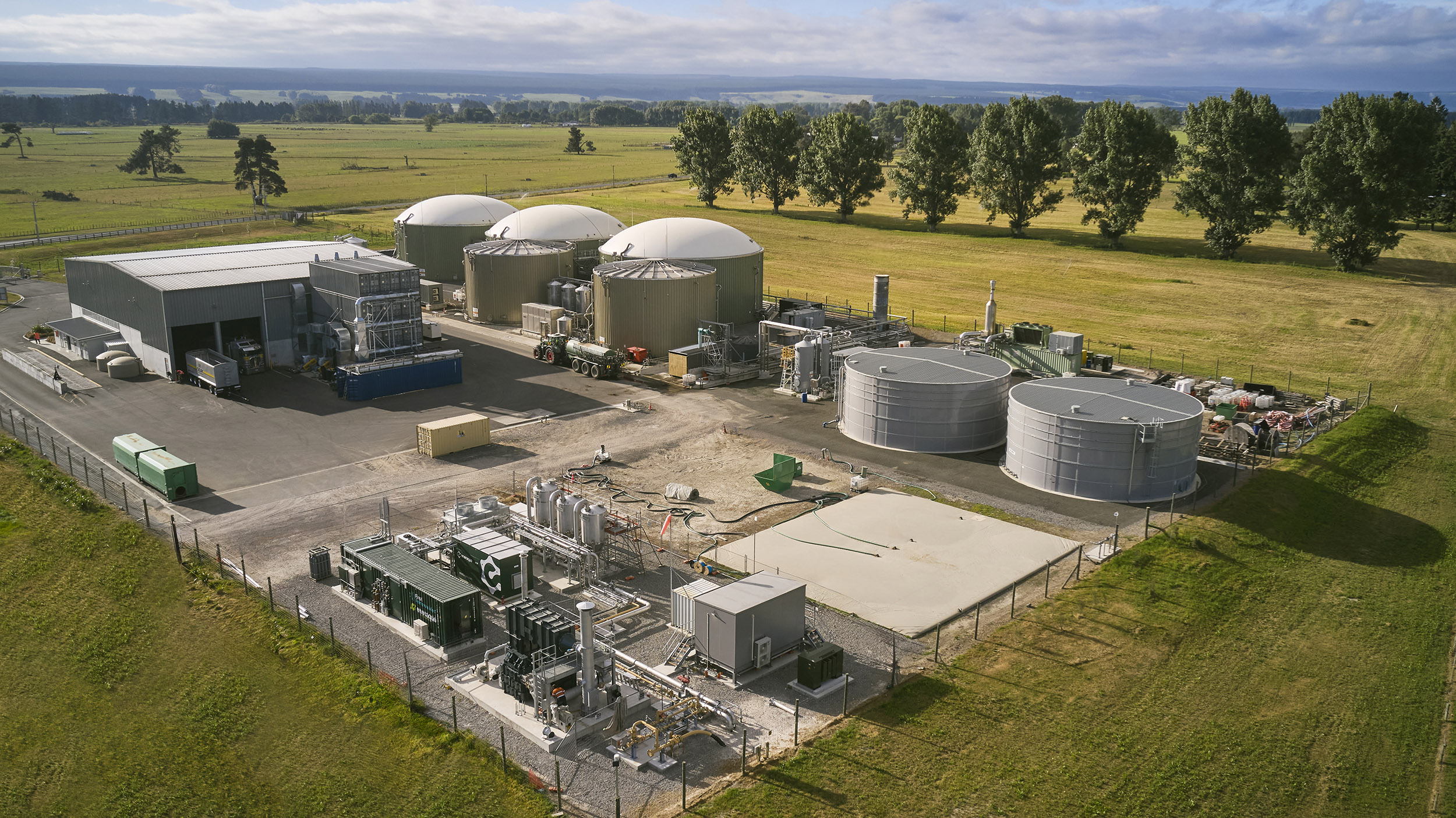Could New Zealand follow?
Demark is making great strides in green energy, with 45% of its energy consumption in 2022 coming from renewables. The country is continuing to invest in renewable energy facilities, and an expansion is underway that will give its biogas sector a huge boost.
Biogas already plays a big role in Denmark’s energy economy, making up 40% of overall gas consumption in 2022. And one of the plants which produces Denmark’s biogas and biomethane is the Tønder Biogas facility, located near the German border.
Tønder receives organic agricultural waste, and anaerobic digestion turns that waste into biofertiliser, biogenic CO2, and biogas. The biogas is then upgraded into biomethane on site, before it’s piped into the gas grid. Already an important supplier of renewable gas, Tønder is now set for an upgrade that will turn it into one of the largest biogas facilities in Europe.
An exciting area for future investments
Once completed, Tønder Biogas will process about 930,000 tonnes of organic waste every year. Most of that waste will come from the agricultural sector. At full capacity, Tønder Biogas will produce 40 million Nm³ of biomethane per year, equivalent to around 440 GWh of renewable energy and 48,000 tons of green CO2. This makes it one of the largest biogas facilities in Europe.
“Biomethane constitutes one third of the gas in the Danish gas grid, which has grown from nothing in just nine years,” says James Irvine, General Manager, Future Fuels at Clarus. “In 2021 the Danish Parliament adopted formal conditions to increase biomethane production to substitute 100% of the Danish gas demand before 2030. They now look on track to achieve this by 2027.”
There is €27 billion earmarked for biomethane investment across the EU, and Demark is the only nation that’s in the top three for both investment and production capacity, according to a recent European Biogas report.
The company that owns Tønder Biogas, Copenhagen Infrastructure Partners (CIP), bought it in 2023 and began plans for expansion immediately, with the work scheduled to be finished this year. Thomas Dalsgaard, Partner at CIP, explains why the company is so optimistic about the future of its investment:
“Biogas is where the action is right now – it’s decarbonisation and also plays to the need to replace Russian gas supplies. This is an area that is growing really fast and it could be an exciting area for future investments.”

First Renewables biomethane upgrade facility
Parallels with New Zealand’s renewable gas situation
The Tønder Biogas facility is similar in concept to New Zealand’s own biogas facility at Reporoa, which includes the Ecogas anaerobic digestion plant and our First Renewables biogas upgrading plant – but the Tønder facility will be about eight times the scale. The size of the investment in Tønder shows the high level of confidence in renewable gas. It also shows that agricultural waste can be an excellent feedstock for large-scale biogas production.
“New Zealand has many parallels with Denmark, including our gas network, which is on a similar scale, our agri-economy and our population,” adds Irvine. “Plants of this scale could be a sign of things to come elsewhere.”
You can read more about the First Renewables biogas upgrade facility located at Ecogas in Reporoa. Learn about how Clarus is supporting the transition to a net carbon neutral New Zealand, visit Future of Energy.

